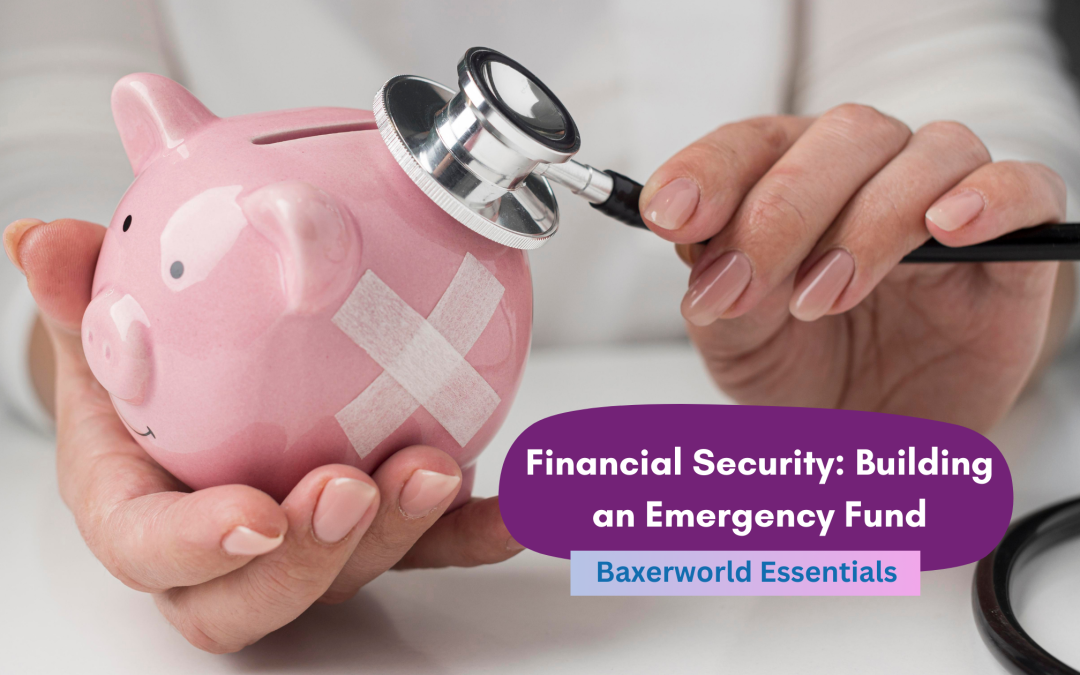Emergency Funds
Life is full of uncertainties, and emergencies can strike at any moment. Whether it’s a medical emergency, an unexpected repair or sudden unemployment, having a safety net is essential in today’s world. Today we’re looking at building an emergency fund, a crucial component of financial planning that allows us to work towards financial success no matter the circumstances.
Building your Fund:
Firstly, and foremost, define a clear goal. Decide on a concrete number that you can work towards. Specialists recommend setting aside 3-6 months of living expenses, but your situation may vary. Having a few months of saved income will allow you to weather any future financial storms. Even if you lose your job or can’t work, this money will keep your head above water until these issues are resolved.
Next comes the most important part, consistency. Treat your emergency fund like any other bill or expense, allocating a portion of your monthly incomes to it each month, if possible, we’d recommend automating these transfers to ensure these deposits are made each month.
Now, let’s looks at the speed at which you build your emergency fund. For example, cutting back on non-essential spending can allow you to pump extra savings into your emergency fund. Whether it’s dining out less or cancelling unused subscriptions, every penny counts when it comes to building your safety net. Furthermore, the intensity of your saving can be reduced once you hit your target goal, what matters is having a safety net as quickly as possible.
Lastly, remember that building an emergency fund is a journey, not a sprint. It requires discipline, patience, and a long-term mindset. Celebrate milestones along the way but stay committed to your goal of financial resilience.
In conclusion, building an emergency fund is not just about preparing for the worst-case scenario, but instead, it allows you to approach life and finances with confidence and security. The sooner you start, and you’ll be one step closer to financial peace of mind.
